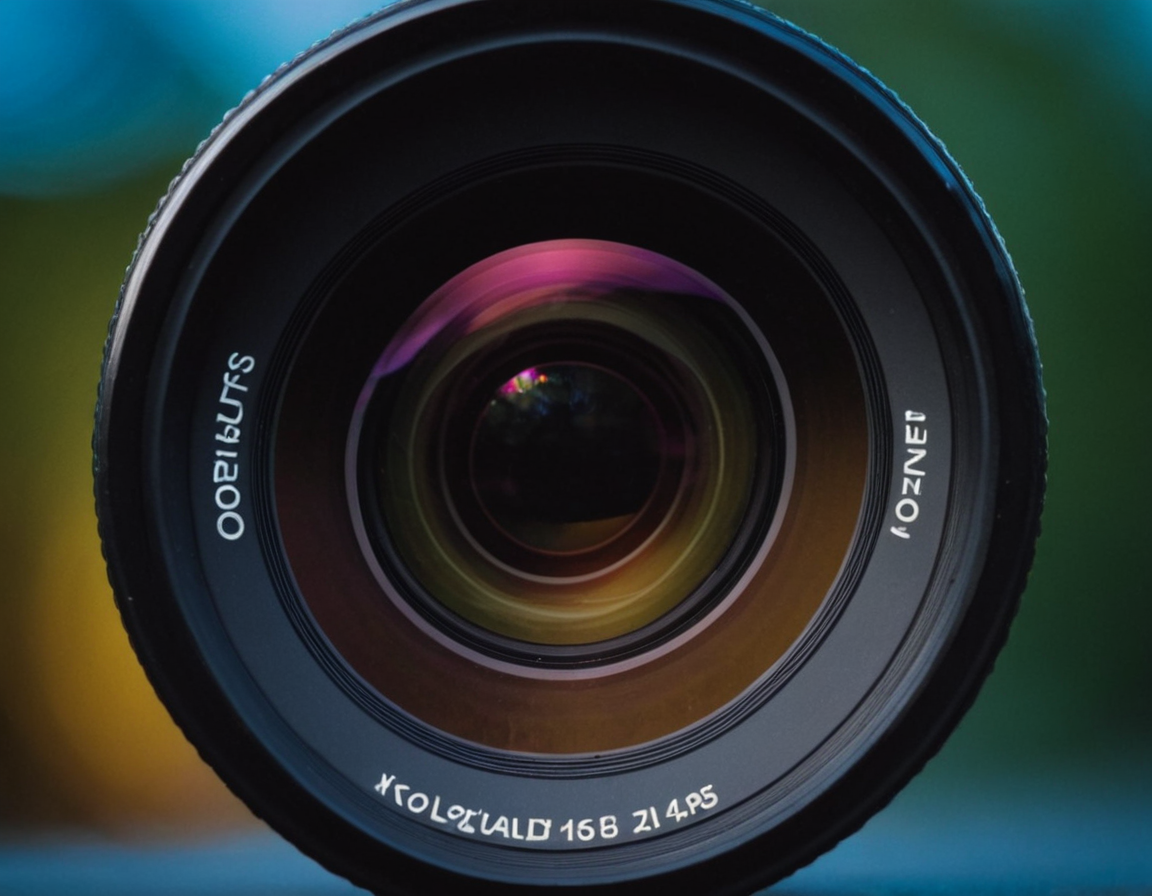Master Aperture with Kolari Vision

Unlocking Creative Control: Mastering Aperture in Landscape Photography with Kolari Vision
Introduction
As photographers, we’re constantly seeking ways to improve our craft and push the boundaries of what’s possible. One crucial aspect of landscape photography that often gets overlooked is aperture control. In this article, we’ll delve into the world of aperture, explore its significance in landscape photography, and provide practical guidance on how to master it with Kolari Vision.
Understanding Aperture
Aperture refers to the size of the camera’s aperture, which regulates the amount of light that enters the lens. In simple terms, it controls the depth of field, or whether the entire image is in focus or if some parts are blurred. A larger aperture (smaller f-stop number) means a shallower depth of field, while a smaller aperture (larger f-stop number) results in a deeper depth of field.
In landscape photography, controlling aperture is essential for achieving the desired effect. A large aperture can create a sense of intimacy and isolation by blurring the background, drawing attention to the subject. Conversely, a small aperture can maintain a deep depth of field, keeping more of the image in focus.
The Importance of Aperture in Landscape Photography
Aperture plays a significant role in landscape photography because it directly affects the final image’s aesthetic appeal. A poorly controlled aperture can lead to:
- Over- or under-exposure
- Unwanted lens flare or ghosting
- Loss of detail in the background or foreground
Mastering Aperture with Kolari Vision
Kolari Vision is a unique brand that offers innovative solutions for photographers. Their products, such as the Kolari Vision 3, are designed to help you master aperture and achieve exceptional results.
Understanding Your Lens
Before we dive into advanced techniques, it’s essential to familiarize yourself with your lens. Read the manual, consult online resources, or seek guidance from a professional to understand the capabilities and limitations of your equipment.
Practical Examples
Let’s consider two scenarios:
Scenario 1: Capturing a dramatic landscape with a large aperture (f/2.8). This would result in a shallow depth of field, blurring the background and drawing attention to the subject. However, be cautious of over-exposure and lens flare.
Scenario 2: Shooting a serene landscape with a small aperture (f/11). This would maintain a deep depth of field, keeping more of the image in focus. While this might not produce the same dramatic effect as the first scenario, it’s ideal for capturing detailed scenery.
Tips for Effective Aperture Control
- Use a tripod: A stable camera is crucial for achieving sharp images and precise aperture control.
- Shoot in RAW: This format provides more flexibility during post-processing, allowing you to adjust exposure and contrast without compromising image quality.
- Experiment with different apertures: Understand the effects of various f-stop values on your images and adapt your technique accordingly.
- Pay attention to lighting: Natural light can be unpredictable; be prepared to adjust your aperture settings to compensate for changing conditions.
Conclusion
Mastering aperture control is an essential skill for landscape photographers. By understanding the fundamentals, practical examples, and tips provided in this article, you’ll be well on your way to unlocking creative control with Kolari Vision. Remember, practice makes perfect – experiment, take risks, and push the boundaries of what’s possible.
What will be your next step in mastering aperture control? Share your thoughts and experiences in the comments below!
Tags
aperture-landscape creative-control-photography lens-depth-field kolari-vision-tips advanced-landscape-techniques
About Jose Gimenez
Hi, I'm Jose Gimenez, a seasoned photographer and blogger passionate about helping creatives level up their craft. With years of experience shooting weddings, landscapes, and portraits, I share practical tips, tutorials, and tools on lentecreativa.com to inspire and educate photographers.
